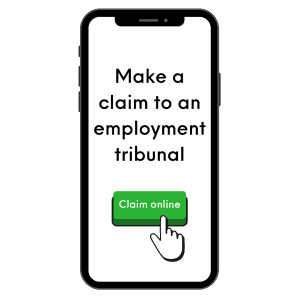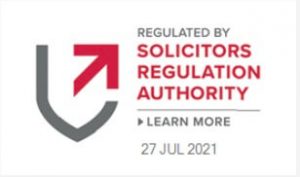Making a claim in the Employment Tribunal
Read our step-by-step guides to help you understand and manage the employment tribunal process.
After you’ve completed early conciliation and submitted your ET1 claim form to the tribunal, you will be wondering what happens next.
For now, it is a waiting game!
First of all, your claim form will go through an initial review with the tribunal administrative staff. This is to check a number of things including whether you’ve used the right form, if it contains the required information and if it can be sensibly responded to by the other side.
In some situations, your claim form can be rejected in full or in part – and you may receive a ‘notice of rejection’ from the tribunal. If you receive one of these, it is important not to panic. In most cases this can be rectified by applying for a reconsideration depending on what the reasons for rejection were. If this happens to you, please contact an expert legal advisor to discuss how we can help get your claim accepted by the tribunal.
ET3
If your claim is accepted by the tribunal, a copy of your completed claim form will be sent to the employer (known as the ‘respondent’). The respondent will have 28 days from the date of receipt to respond to the claim if they intend to defend their position. Their defence would be submitted on an ET3 response form. More often than not (and depending on the business), they will usually have legal representatives on their side to draft their response to give them the best fighting chance. This can mean that the ET3 response form is submitted with a supplementary document sometimes known as the ‘grounds of resistance’. Their defence is then submitted to the tribunal before the deadline and it will go through the same review as explained above. If and when it is accepted by the tribunal, a letter will be sent out to both parties confirming the next steps including the arrangement of a preliminary hearing (if one is necessary) and any associated case management orders that need to be completed before any hearings take place.
In our next blog, we will talk about preliminary hearings in more detail including why they are listed and what they are used for.
Contact our expert employment team to find out how we can help with your claim.
We are in Your Corner
For advice or for a free assessment contact us today







